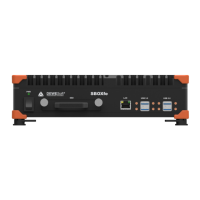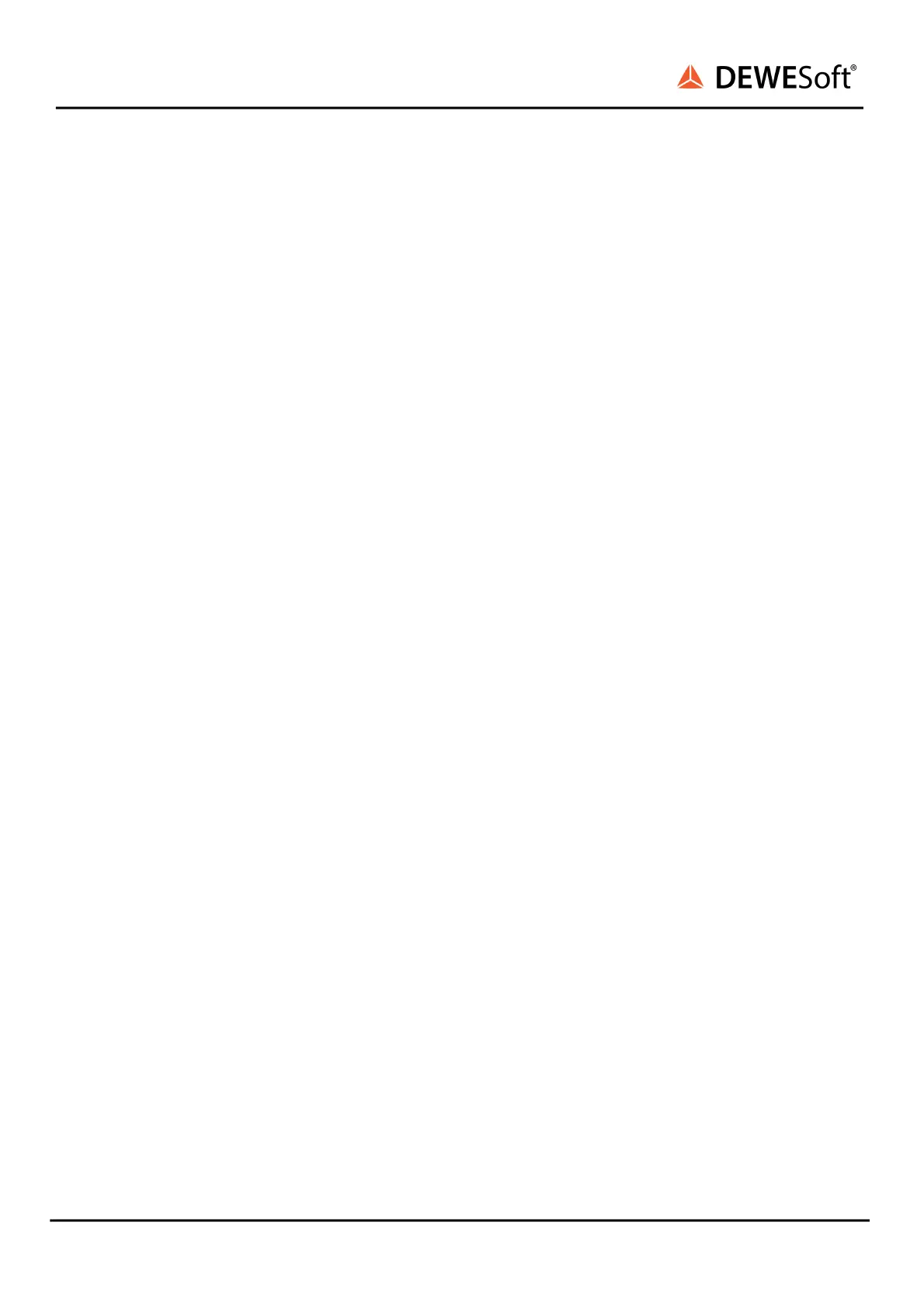SIRIUS
®
TECHNICAL REFERENCE MANUAL
6.1.3.4. Filter technologies
Different technologies can be used to realise a filter. In this context we only need to consider two
technologies: analog and digital filters.
Analog filters
Analog filters are composed of passive electronics (i.e. capacitors, inductors, resistors) and operate on
continuously varying signals. They can be described with linear differential equations: thus they are also
called passive linear analog electronic filters.
Good analog filters are inherently difficult to design and even when you select all components carefully,
8th order is the best you can implement without significant inter channel phase mismatch.
Digital filters
A digital filter is a system that performs mathematical operations on a sampled, discrete-time signal to
reduce or enhance certain aspects of that signal. In comparison to analog filters, digital filters require
complex electronics (i.e. a digital signal processor – aka. DSP) to calculate the filter results.
There are 2 types of digital filters that will be used in the following discussion:
IIR filter
In theory the impulse response of an IIR (Infinite Impulse Response) filter does not become exactly zero
past a certain point, but continues indefinitely. In practice, the impulse response even of IIR systems
usually approaches zero and can be neglected past a certain point. IIR filters can have the same
characteristics as analog filters.
The main advantage that digital IIR filters have over FIR filters is their efficiency in implementation. A
disadvantage is that the linear phase is difficult to achieve.
SIRIUS
®
V20-1 271 / 336

